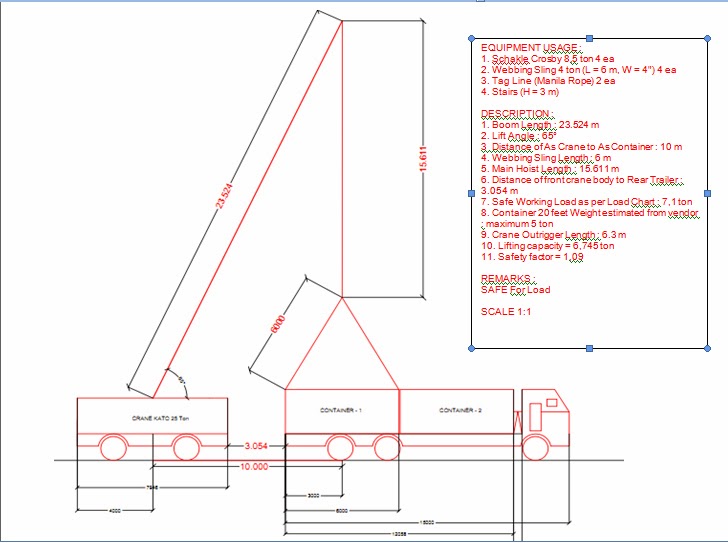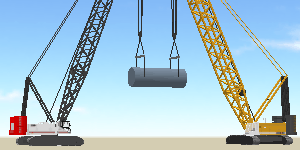

Where people are lifted, the factor of safety is often higher. The lifting equipment used should provide an appropriate 'factor of safety' against all foreseeable types of failure. The assessment of this should recognise that there may be a combination of forces to which the lifting equipment, including the accessories, will be subjected. Lifting equipment must be of adequate strength for the proposed use. The degree of planning and complexity of the plan will vary and should be proportionate to the foreseeable risks involved in the work. The plan should set out clearly the actions involved at each step of the operation and identify the responsibilities of those involved.
attaching / detaching and securing loads. Factors to include may be any or all of the following: The plan for any lifting operation must address the foreseeable risks involved in the work and identify the appropriate resources (including people) necessary for safe completion of the job. Routine lifting operations which are a little more complex may, depending on the circumstances, need to be planned each time the lifting operation is carried out. However, from time to time it may be necessary to review the plan to make sure that nothing has changed and the plan remains valid. But for much more complex lifting operations (eg a tandem lift using multiple cranes), a written plan should be developed by a person with significant and specific competencies - adequate training, knowledge, skills and expertise - suitable for the level of the task.įor straightforward, common lifting operations, a single initial generic plan may be all that is required (eg fork-lift trucks in a factory), which could be part of the normal risk assessment for the activity. The planning of individual routine lifting operations may be the responsibility of those who carry them out (eg a slinger or crane operator). For complex and high-risk operations, the planning and organisation should be extensive and meticulous. These people should have sufficient theoretical and practical knowledge of the work and equipment in question, as well as the requirements of the law, to be able to do this properly. Each of these elements requires a person or people with sufficient competence to be involved at each step. It is therefore important to properly resource, plan and organise lifting operations so they are carried out in a safe manner. Lifting operations can often put people at great risk of injury, as well as incurring great costs when they go wrong. 
Planning and organising lifting operations

Manufacture and supply of new work equipment.Ensuring powered doors and gates are safe.Thorough examination of lifting equipment.Planning and organising lifting operations.HSE's role as a market surveillance authority.Placing work equipment and machinery on the market after Brexit.







 0 kommentar(er)
0 kommentar(er)
